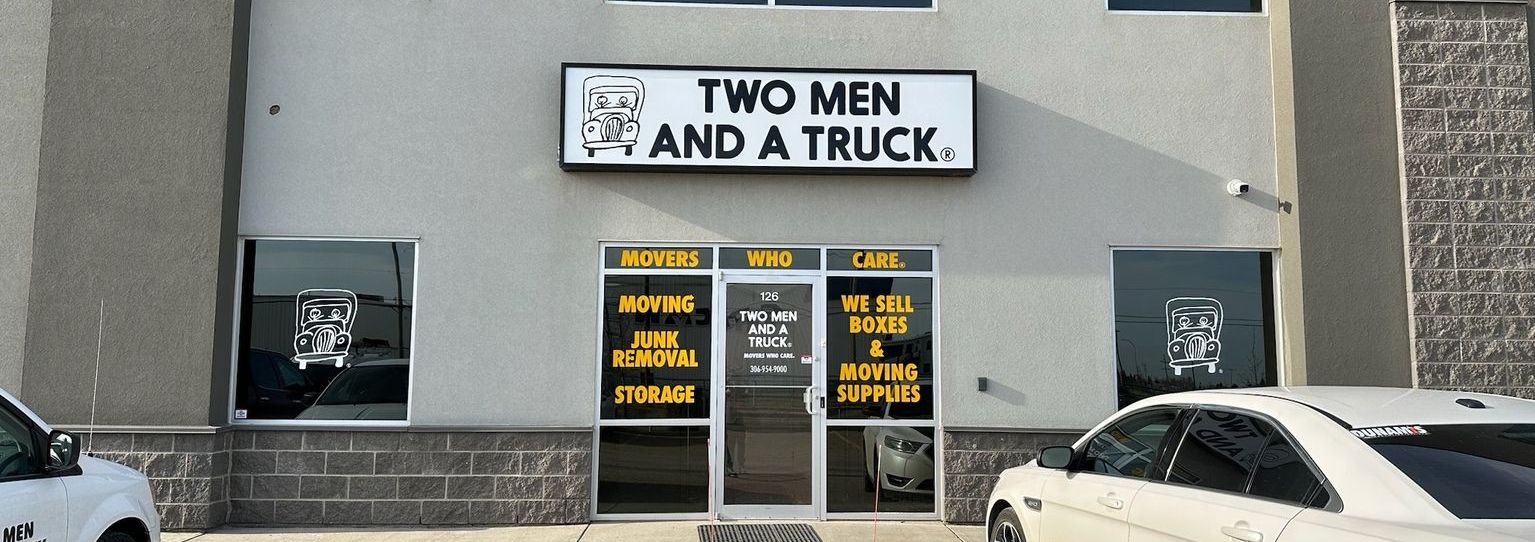The Ultimate Guide to Choosing the Perfect Sign for Your Business
& Why the right sign matters

In today's competitive marketplace, the right sign can make all the difference for your business. A well-designed, strategically placed sign not only attracts customers but also creates a strong first impression that can enhance your brand's visibility and credibility. Whether you're opening a new store or looking to refresh your existing signage, this guide will help you choose the perfect sign for your business.
Understanding Different Types of Business Signs
Choosing the right type of sign is crucial for effectively communicating your brand's message. Here are some common types of business signs:
- Outdoor Signs
- Storefront Signs: These are essential for any brick-and-mortar business, helping to identify your location and attract passersby.
- Banners: Great for promotions, events, or temporary signage needs.
- A-Frame Signs: Ideal for sidewalk advertising and can easily be updated with new messages.
- Indoor Signs
- Lobby Signs: Enhance the first impression for visitors as they enter your premises.
- Directional Signs: Help guide customers to different areas within your store or office.
- Point of Sale Signs: Highlight special offers and products at checkout areas.
Factors to Consider When Choosing a Sign
Selecting the perfect sign involves considering various factors:
- Location The placement of your sign is crucial. Ensure it's in a spot where it will be most visible to your target audience. Consider factors like foot traffic, sightlines, and lighting.
- Design Your sign’s design should be eye-catching and reflective of your brand’s identity. Choose color schemes and fonts that are consistent with your brand. Ensure the text is legible from a distance.
- Materials Different materials offer different benefits. Compare options like metal, wood, and plastic to find one that matches your aesthetic and durability needs.
- Size and Scale The size of your sign should be appropriate for its location. Larger signs are needed for high-traffic areas or for being seen from a distance, while smaller signs work well for close-up views.
- Brand Consistency Your sign should align with your overall branding. Use your brand’s colors, fonts, and logo to create a cohesive look that reinforces your brand identity.
Regulations and Permits
Before installing your sign, it’s essential to be aware of local regulations and permits. Here are some tips:
- Check with your local government to understand the rules regarding sign size, placement, and lighting.
- Ensure your sign complies with all safety standards.
- Obtain any necessary permits before installation to avoid fines or having to remove your sign.
Choosing a Professional Sign Maker
Selecting a reputable sign company is crucial for getting a high-quality product. Here’s what to look for:
- Experience: Choose a company with a proven track record in creating signs for businesses similar to yours.
- Craftsmanship: Look for signs of quality in their previous work, paying attention to detail and durability.
- Customer Service: A good sign company will offer excellent customer service, from initial consultation to final installation.
Trends in Signage
Staying updated with current signage trends can give your business an edge. Some popular trends include:
- Digital Signs: These offer dynamic content and can be easily updated.
- Eco-Friendly Materials: Sustainable materials are becoming increasingly popular as businesses aim to reduce their environmental footprint.
- Minimalist Designs: Clean, simple designs are effective and modern, making them a popular choice.
Maintenance Tips for Longevity
To keep your sign looking its best, regular maintenance is essential. Here are some tips:
- Cleaning: Regularly clean your sign to remove dirt and grime. Use appropriate cleaning solutions for the material.
- Inspection: Periodically inspect your sign for any damage or wear and tear. Address issues promptly to avoid further damage.
- Protective Coatings: Consider applying protective coatings to shield your sign from the elements.
Case Studies and Examples
Success stories can illustrate the impact of effective signage. Here are a few examples:
- Local Café: After installing a new, eye-catching storefront sign, a local café saw a 20% increase in foot traffic.
- Retail Store: A retail store used digital signs to highlight promotions, resulting in a 15% boost in sales.
- Office Building: An office building upgraded its lobby signs, creating a more professional atmosphere that impressed clients and visitors.
Conclusion
Choosing the right sign for your business is a critical decision that can significantly impact your brand’s visibility and success. By considering factors like location, design, materials, and maintenance, you can select a sign that effectively communicates your brand message and attracts customers. If you're ready to invest in high-quality signage, contact us today for a consultation or quote.
